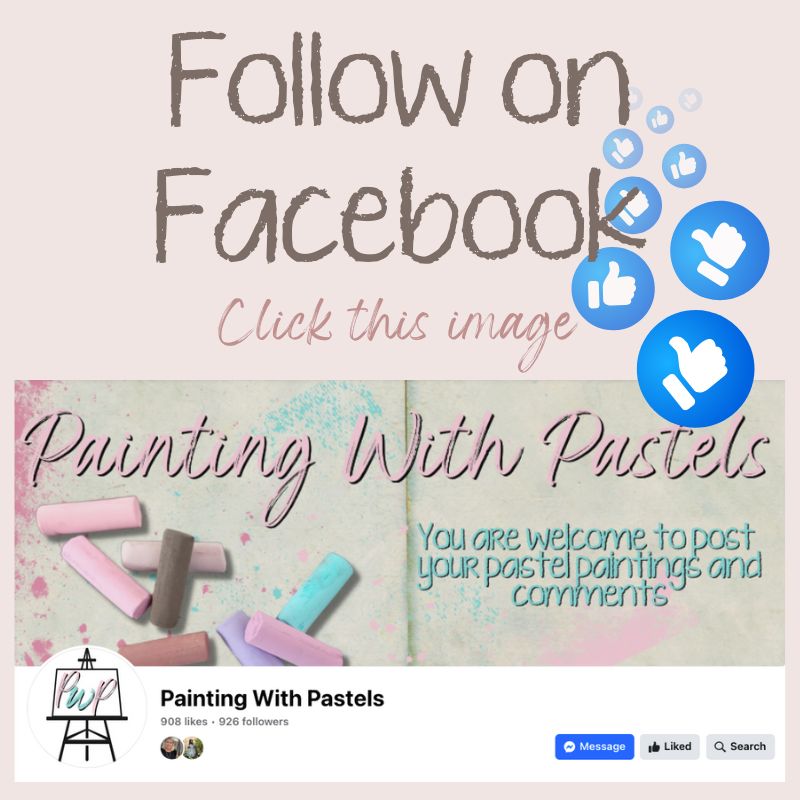You can use several pastel painting techniques to get the most out of your pastels. Once you master them, you can work the medium with perfect confidence and very good results.
Below are some pastel painting techniques that seasoned artists use in their interesting work.
Pressure is the primary technique for pastel painting. The depth and richness of your painting are decided by the volume of pressure you make on the pastel. Experiment with various kinds of supports and paper until you can understand how pastel adheres to the surface under different circumstances. You do have to spend time with the medium to get acquainted with it.
Begin a painting with light strokes first because the stroke is of paramount importance in a pastel painting. The end result depends on the manner in which an artist makes strokes on the surface of the picture.
As a beginner, you can experiment with two basic drawing techniques. Firstly, experiment with both lines as well as degrees of line thickness. Secondly, apply short pointed marks with the sides of the pastel.
The technique known as hatching involves drawing a set of parallel lines, preferably fine lines, drawn closely together on pastel paper. To enhance this, you can use cross-hatching, which involves drawing a second set of lines at an angle, normally at right angles to the first set.
The technique of layering is applying pastels one upon the other in layers. This gives depth and richness to the painting. This is where the fixative can be used. Before adding another layer to a previous layer, spray the fixative over the lower layer. You can repeat this with each layer. Pastel strokes make powdery layers which might get disturbed unless the fixative is used.
Another pastel painting technique is under-painting. You can freely combine pastels with watercolours in a painting. By making an underlining to your painting with a wash of colour, you make a painting really stand out.
If you want to learn more about the different techniques and the many other creative things pastels can do jump onto my FREE 10-day course – Painting With Pastels
One good way to make such an underlining is by crushing a little soft pastel into powder and mixing it with water. Using a large brush, you can spread the watercolour wash onto the surface of the painting. The more important areas of the subject are indicated by either flat or subtly graded washes. You must carefully select the colour of this wash, for this colour will hold the various factors of the painting together. For instance, you can impart a warm mood and tone to the whole painting by using a warm colour like orange. This under-painting shows through the finished painting, giving a touch of unity to the composition.
Now, let’s turn to the technique of blending. It is a technique that can make a painting more beautiful. You can blend colours using fingers or any blending tool, of which there is a wide variety. For example, paper tools such as the tortillon or paper stump, putty (or kneaded) rubbers, cloths, cotton wool (balls or buds), and any other tool that comes from using your imagination.
When an artist blends side strokes along an existing background, it is called scumbling.
This is achieved after a layer of pastel has been applied and fixed, then lightly dragging a soft pastel on its side across the top. The effect is a broken covering of the new colour over the top.
Scraping the pastel over a painted surface is known as dusting the colour. These flecks are then pressed to the paper surface.
Making small dots all over the surface of the painting is the fine but difficult technique of pointillism.
These are the more important pastel painting techniques. Master the art of applying pastels, and you are on the way to painting that masterpiece you have always dreamed of.
Here’s that link again for the 10-day FREE course: Painting With Pastels
There are lots more techniques in the “Pastel Painting Secrets” eBook, or get one of the “Step-by-Step” books.
I’d appreciate you sharing this article




0 Comments